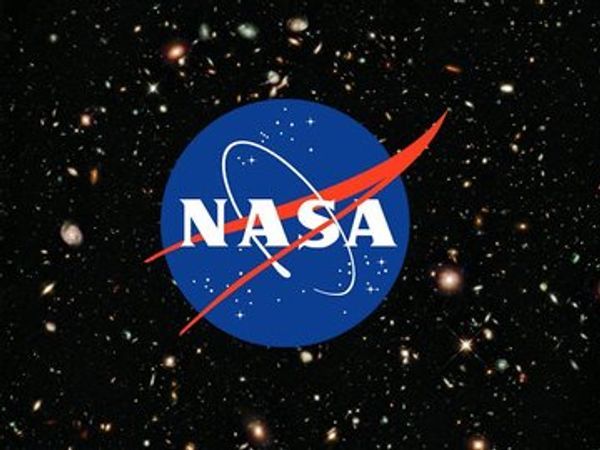American Space agency NASA launched an online platform to provide information on how much water evaporates into the atmosphere from plants, soils, and other surfaces in the US West on Thursday. The agency believes that the data could help water managers, farmers, and state officials better manage resources in the drought-hit region.
OpenET is a platform that uses satellite imagery from the Landsat program. Landsat is a decades-long project of NASA and the US Geological Survey used to record human and natural impacts on Earth’s surface.
The platform provides specific data down to the quarter-acre for 17 Western states. The data is on evapotranspiration, the process by which moisture in leaves, soil, and other surfaces evaporates into the air.
The West has been facing a drought for more than two decades. Scientists say that the drought has been intensified by human-caused climate change. Water levels at key reservoirs have fallen to historic lows, prompting the federal government to declare water cuts next year for some states. A blazing summer and years of record-breaking wildfires have also zapped moisture from the ground across the region.
Detailed information on soil moisture could help farmers better plan during especially dry conditions and reduce the water used for irrigation, NASA said at a Thursday briefing.
“Farmers and water managers have not had consistent, timely data on one of the most important pieces of information for managing water, which is the amount of water that’s consumed by crops and other plants as they grow,” said Robyn Grimm, a water specialist with the Environmental Defense Fund, which helped NASA develop the tool alongside other environmental groups and Google.
“To date, that data has been expensive and fragmented,” she said.
Many large farms in dry areas, such as California‘s Central Valley, already have years of experience using advanced data systems to measure evapotranspiration and other water data that influence their growing and harvesting seasons and watering schedules.
NASA said the platform includes data from 1984 onwards. In the coming months, it will be updated to include information on precipitation across the region in the same detail. Eventually, the tool will extend to other parts of the US, including areas around the Mississippi River and Appalachian region, scientists said.
(With AP inputs)







